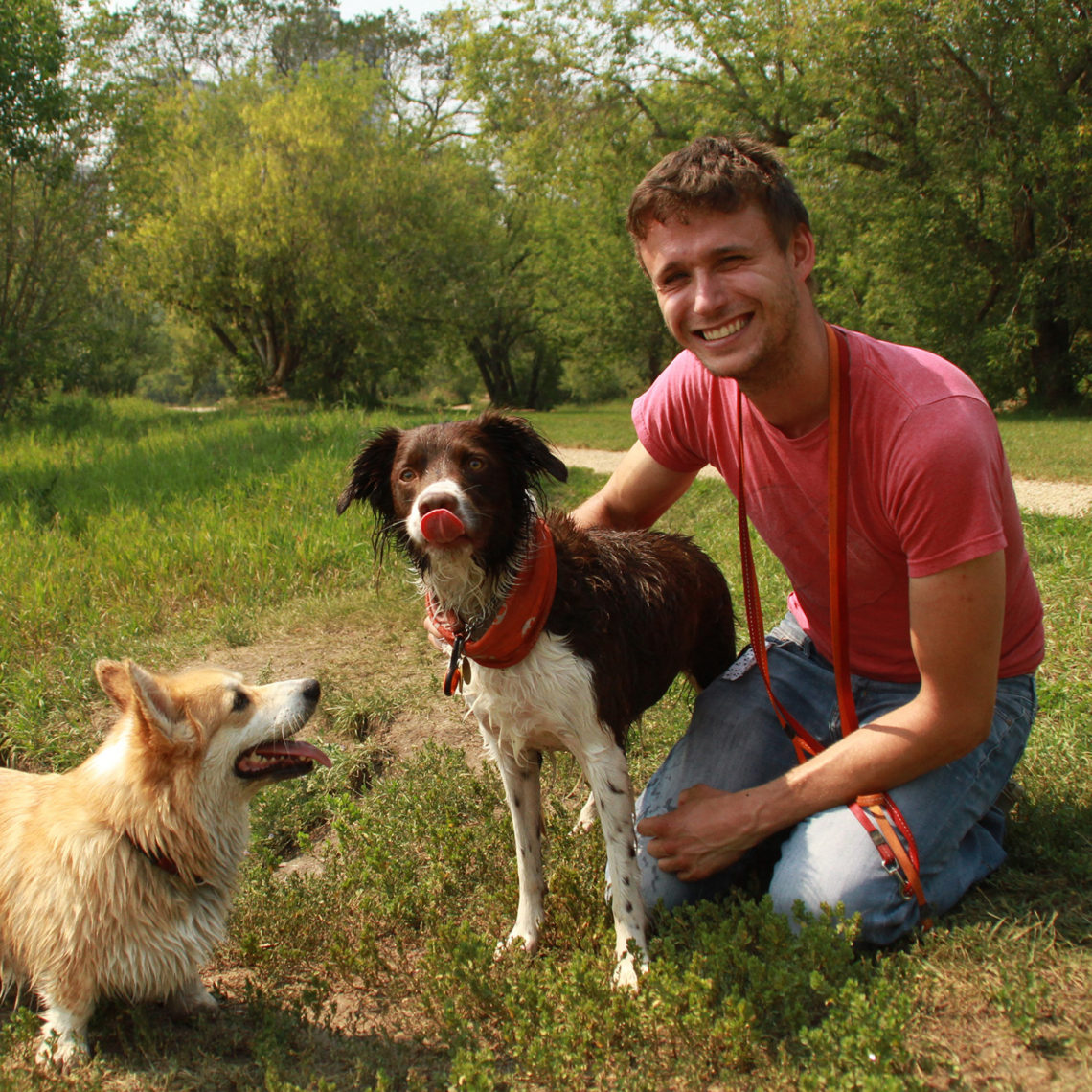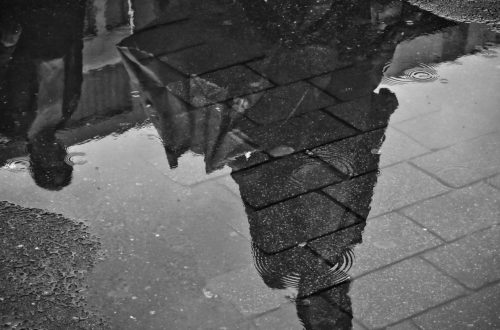Last semester, Dwayne Donald tasked my Curriculum Foundations class at the University of Alberta with what he described as curriculum archaeology. In participating in this archaeological endeavor, I have been struck by those individuals who have striven to change education for the better, who have done so in small, achievable pieces over very long periods of time, and who have done so with the support of their colleagues and friends. It is these a-little-less-than-professional, a-little-more-than-acquaintance relationships that have bonded the Alberta mathematics education community.
When asked, Fred Tarlton recalled tent-caterpillar moths on a trip to Grande Prairie after he had received a small honorarium in Red Deer (Worth and Jorgensen 1995). Jean Martin recalled carpools and dancing in elevators, and Ted Rempel remembered falling asleep during a debrief session in a hotel room after a conference (Worth and Jorgensen 1995). Joan Worth recalled a nightmare summer of receipting memberships while at the same time developing great friendships (Worth and Jorgensen, 1995). Dinners and laughter, “appropriate spirits,” chuckwagons, get-togethers and dancing—so much dancing that one executive member described it as a requirement to be on the council—were also among treasured memories (Worth and Jorgensen 1995 58).
Even while these now retired MCATA executive members admitted that there was a need for “new blood,” they insisted that Alberta’s mathematics education community remain on the cutting edge of curriculum and “sound mathematics learning and teaching opportunities” (Worth and Jorgensen 1995, 65). I am impressed by the impact of our local community; informal chats and long car rides have been able to temper indiscriminate testing proposals and contribute a respected professional teaching resource to Alberta. While it may feel as though the work this group of educators accomplished has been lost to the pages of history, I have been pleasantly surprised to find the yet intact testament of conversations, teaching resources and publications they left behind. My friends on the Mathematics Council have been extremely supportive in making these publications and resources available to educators. A steadily increasing number of these historical documents, alongside the consistently excellent delta-K journal, currently edited by Lorelei Boschman, are now available on our new accessible platform at http://mathteachers.ab.ca/. Familiarizing myself with the giants who came before me has offered perspective about the places that we’ve been—so much so that I feel more prepared for the conversations ahead.
Reference
Worth, J, and A Jorgensen. 1995. Thirty-Four Years and Counting: The History of the Mathematics Council of the Alberta Teachers’ Association. Edmonton, Alta: Alberta Teachers’ Association.
Darcy House






